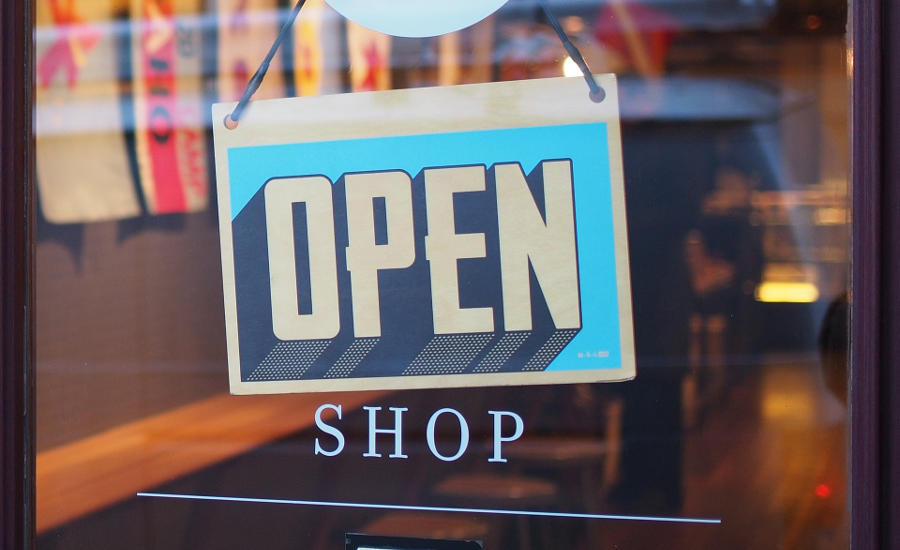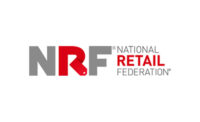Retail Store Openings Increase in 2017
As the “retail apocalypse” canard continues to grab the odd headline in the media, the data and the facts are consistently telling us quite a different story.

As the “retail apocalypse” canard continues to grab the odd headline in the media, the data and the facts are consistently telling us quite a different story: a story of an industry in transition, but still growing, according to the National Retail Federation. The most recent retail sales figures released by the Census Bureau were up a robust 4.2% year-on-year in July. Every month this year has seen a steady increase in sales over the same period last year.
Nonetheless, we keep hearing about record-level store closings and how this portends doom for the retail industry. But we’ve argued that this data is drawn from a biased sample. IHL Group recently published a report that offers a thorough and complete debunking of the main false premise supporting the retail apocalypse myth. Their data shows a net increase in store openings of over 4,000 in 2017. In fact, for each company closing a store, 2.7 companies are opening stores.
Across the broad spectrum of retail sectors, IHL Group’s data shows that none are closing more stores than they are opening. Even in the supposedly beleaguered department store sector, just as many businesses are opening stores as are closing them. According to IHL’s data, 751 brands are increasing their store counts versus 278 that are reducing store counts. On a percentage basis, 42% are opening stores, 43% are holding steady and only 15% are showing a net decrease in stores. Some apocalypse we’re suffering.
Overall the retail industry is healthy. When you look at individual sectors, businesses, or regions there are clearly areas that are challenged. The fallacy occurs when one looks at those exceptions and extrapolates them to represent the norm. Every industry experiences turnover and change, and companies are consistently having to adapt their business models to new realities.
Retail is no different. It is a dynamic, fast-paced, highly-competitive industry that is going through a period of rapid change. Consumer behavior, abetted by technology, is forcing retailers to adjust to this change at a speed that is unprecedented. In this sort of environment, some businesses will struggle, but others will adapt and exciting new businesses will spring up to take the place of those that can’t.
What remains clear amidst all this noise is that the store is as relevant and important a part of the retail experience as it ever has been. The IHL data makes this case quite clearly and the consumer is telling us the same thing. Almost 80% of consumers tell us that they are visiting stores as frequently or more frequently than last year. Interestingly, this number goes up by 5% when you sample Millennials and Gen Z. Don’t bet your shirt on the death of retail, or you’ll be forced to shop for a new one.
Looking for a reprint of this article?
From high-res PDFs to custom plaques, order your copy today!







